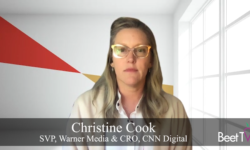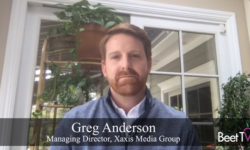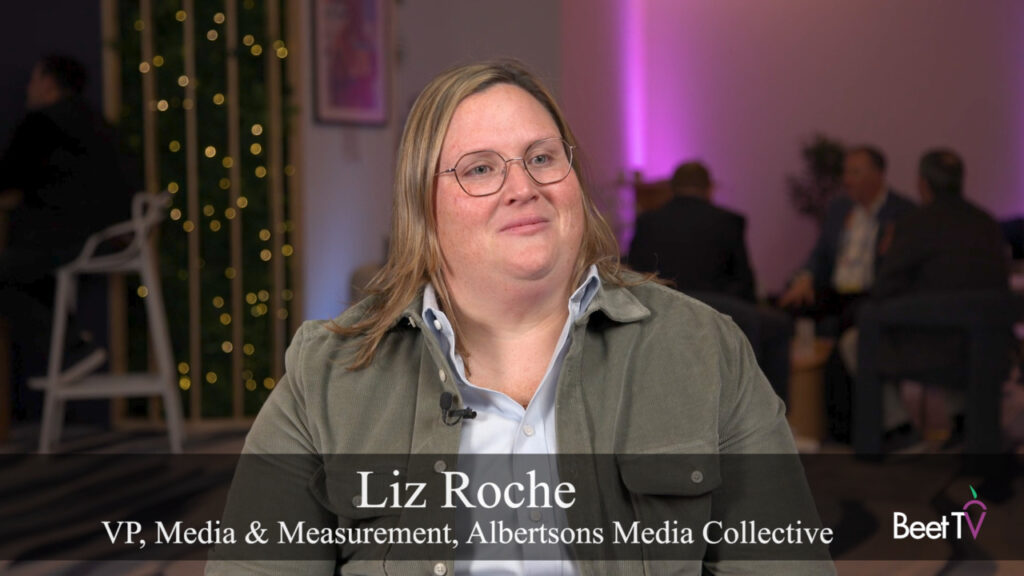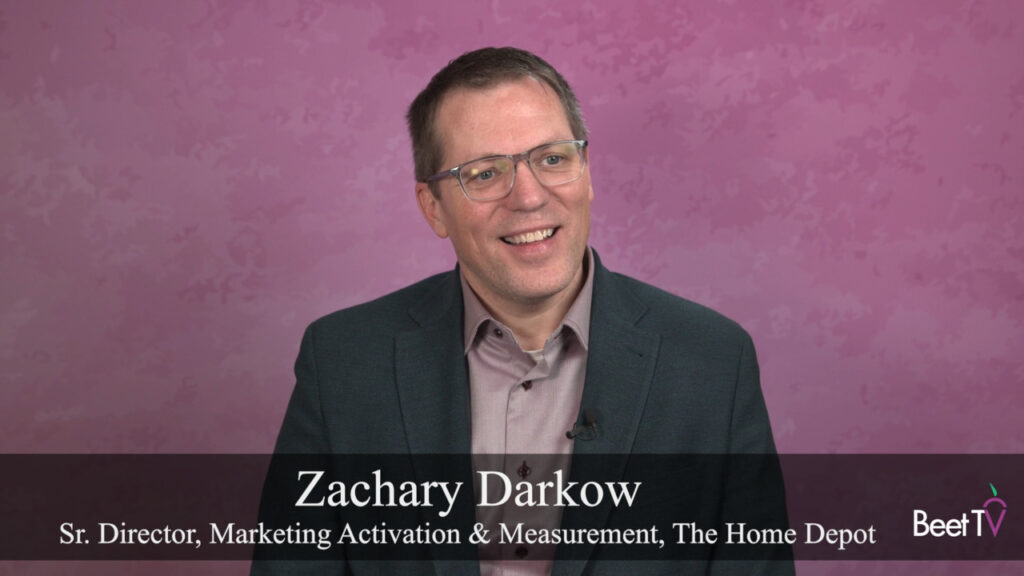Education, technology and facts may now be winning back some advertisers who fled news at the start of the COVID-19 pandemic.
In this video discussion with John Montgomery, GroupM’s Global EVP of Brand Safety, Integral Ad Science (IAS) CEO Lisa Utzschneider reveals new research showing advertisers’ keyword blocking of news stories containing “coronavirus” and “COVID-19” is subsiding.
“In the US, we’ve seen an 88% decrease in keyword-blocking of those specific keywords, the volume of blocking, and, in the UK, we’ve seen a 77% decrease,” she says.
“Over the past few weeks, we’ve definitely seen a decrease and marketers becoming more comfortable running their brands adjacent to COVID content.”
What may be a turning of the corner is happening for several reasons…
Education bearing fruit
Alarmed by advertisers shunning news sites early in the pandemic, publishers, broadcasters, agencies and industry bodies have worked hard to convince them it may be futile and destructive.
IAS’ Utzschneider says publishers have sent her “unsolicited thank-yous” for having published research and information which may be changing advertisers’ minds.
“Education is critically important,” Montgomery says. “When we did some research, our team did a research of 80 of our largest clients, what those clients came back with is that 92% of them are now either not blocking news at all.
“Or, if they’re using any form of keyword-avoidance, they’re doing it in a sophisticated way by combining the really grim news with something like ‘COVID-avoidance’, maybe ‘COVID-avoidance’ and ‘death toll’, or ‘refrigerated trucks’, or ‘miracle cure’ or anything like that.”
U.S. Ad Market Plummets 35% In April, Second Consecutive Month Of Faltering Demand: Ad demand fell 35% year-over-year in April, marking its lowest point since MediaPost and Standard… https://t.co/JHlO94rH1y @mp_joemandese
— Digital Content Next (@DCNorg) May 21, 2020
Contextual targeting
Deeper software-based analysis of news stories and even videos is now able to provide more refined cues about the real meaning of content – its context.
Making these cues available through buying platforms, for “contextual targeting”, is helping advertisers continue to buy against some kinds of COVID-19 content without resorting to a blanket ban.
“We would never advise a marketer to completely block news,” says IAS’ Utzschneider. “The technology that is available for marketers today, it’s incredibly sophisticated.
“Marketers can get much more precise about the type of content that they’re comfortable their brands running next to and the type of content that they’re not comfortable running next to.”
Research proves the reality
Advertisers’ belief that consumers would view them negatively if placed against coronavirus content may not only be wrong – it may be a missed opportunity. Audience research is piling up that shows advertisers perhaps don’t need to dodge coronavirus news at all. An April study conducted by IAS found:
- A 12% growth in consumers seeking out coronavirus content online
- 75% of consumers were actively seeking out news online, that’s 16% up from March, a huge jump.
- And there was a 27% growth in consumers actively seeking out news content
due to coronavirus situation. - 28% of consumers said they were unlikely to engage with an ad against coronavirus content.
- But a vast majority said that adjacency would not change their opinion of a brand.
“Consumers are much more open to seeing ads from healthcare verticals or education and a lot less engaged with verticals like travel,” IAS’ Utzschneider says.
https://twitter.com/integralads/status/1240415295862460416
From safety to suitability
So, GroupM’s Montgomery hopes the situation may be heading “in the right direction”. The brand safety leader at the world’s largest media-buying agency laments the situation the earliest throes of the “brand safety” outcry has sowed.
“We’ve become so sensitive to controversial information,” he says. “There’s been sort of a deep concern about appearing next to anything controversial or perhaps even bad news.
“Consumers in the main don’t perceive a brand in any negative way if they appear next to controversial news. Sometimes, the harder the news the better, because there’s a longer dwell time.”
Several groups are trying to force the “brand safety” debate toward an understanding that all news output is “brand-safe” but where a more refined understanding of news context can give finer cues about whether distinct content is “brand-suitable”.
Re-monetizing news
Local news is dying. Advertisers can help. We offer some suggestions. @taxidodger @unitedfornews @internews https://t.co/70TmbPWji6
— Jennifer Cobb (@jjunecobb) May 4, 2020
All of this is not only important to marketers, which are searching for the best way to spend money to reach audiences, but also to news publishers and broadcasters.
They have been walloped by declining ad revenue and diminishing ad rates during the pandemic, pushing many to make large-scale staff reductions and to offer advertising at knock-down rates.
The threat to democracy from the death of news organizations has, which was already playing out, has been ratcheted-up.
Montgomery says he hopes initiatives from the likes of Local Media Consortium, Worldwide Association of Newspapers and the SSP TripleLift can help plug tens of thousands of local media sources into the programmatic ad supply chain, helping to bring money back to publishers.
“We’re trying to re-monetize this so that we can make sure that as many of the other newspapers, and particularly the local newspapers, survive the COVID crisis,” Montgomery says.
This video is part of a series titled Brand Suitability at the Forefront, presented by Integral Ad Science. For more segments from the series, please visit this page.








































